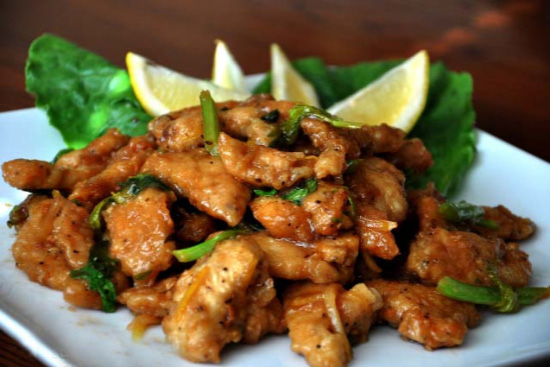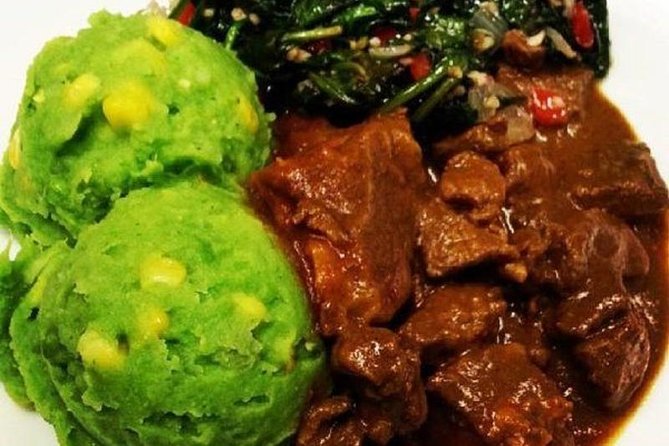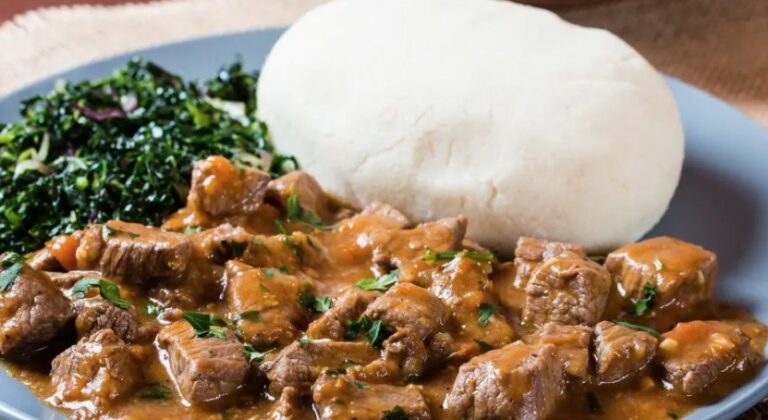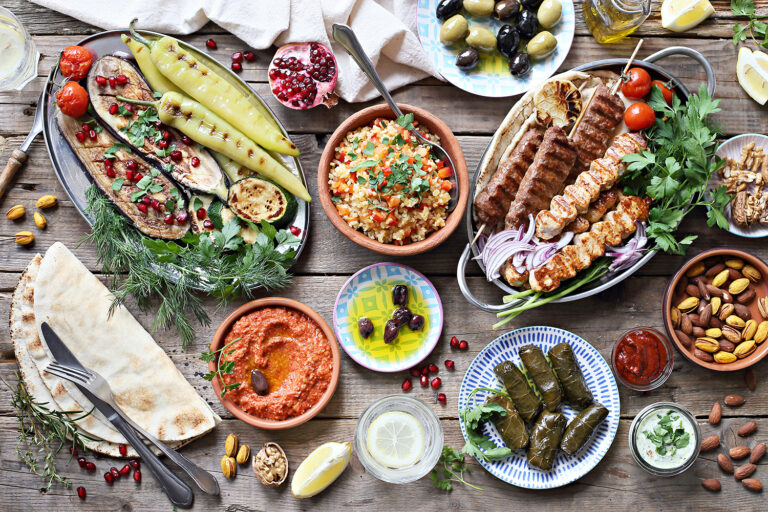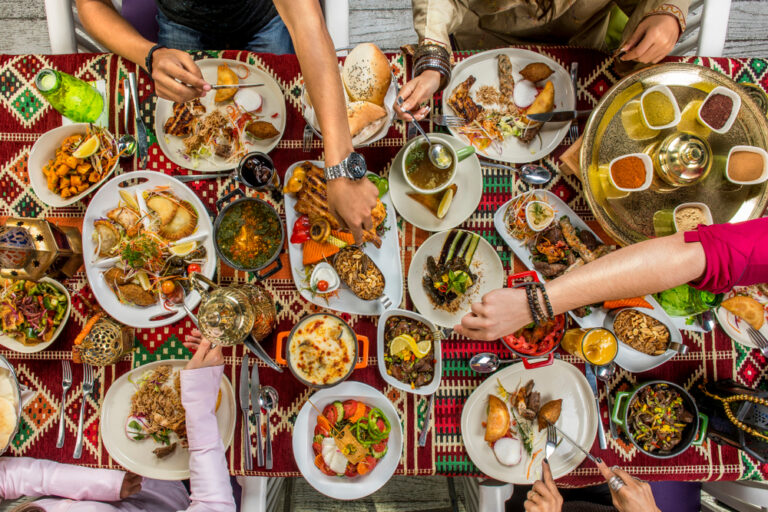Introduction: Exploring Kiribati Cuisine
Kiribati is a tropical island nation located in the Pacific Ocean. The food culture in Kiribati is a blend of Polynesian, Micronesian and Melanesian cuisines. Kiribati cuisine is based on fresh and locally sourced ingredients like fish, shellfish, coconuts, taro, breadfruit, and pandanus. The unique flavors and ingredients of Kiribati cooking reflect the traditions and cultural heritage of this island nation.
The Influence of Local Produce on Kiribati Cooking
Kiribati cooking is heavily influenced by its local produce since the country imports very little food. Local seafood such as tuna, crab, and shellfish are staples in Kiribati cuisine. The island nation has a large selection of fruits and vegetables, including coconut, taro, breadfruit, and pandanus. These ingredients are often used in stews, soups, and curries. Traditional Kiribati cuisine uses little seasoning, allowing the natural flavors of the ingredients to shine through.
The Role of Coconut in Kiribati Cuisine
Coconut is a versatile ingredient and a staple in Kiribati cuisine. It is used in various forms, such as coconut milk, grated coconut, and coconut oil. Coconut milk is used to create a creamy base for curries and soups, while grated coconut is used as a garnish for salads and desserts. Coconut oil is used for frying and cooking. In Kiribati, coconut is also used to make traditional drinks like “kava” and “te bua” which are made by mixing coconut milk and other local ingredients.
The Use of Breadfruit in Kiribati Dishes
Breadfruit is another essential ingredient in Kiribati cuisine. It is a starchy fruit that is high in nutrients and is used as a substitute for rice or potatoes. Breadfruit is often boiled or roasted and served as a side dish or used in stews and soups. The fruit can also be mashed and made into a dessert called “takai” which is similar to pudding.
Unique Flavors of Kiribati: Pandanus and Taro
Pandanus and Taro are two unique ingredients that are used in Kiribati cooking. Pandanus is a tropical fruit that is used in sweet and savory dishes. The fruit’s leaves are used to wrap food like fish before grilling, giving it a distinctive flavor. Taro, on the other hand, is a root vegetable that is high in starch. It is boiled, mashed, and used in stews, soups, and curries. Taro has a nutty flavor that adds depth to Kiribati dishes.
Conclusion: Kiribati’s Distinctive Culinary Traditions
Kiribati cuisine is unique and influenced by the local produce and cultural traditions of the island nation. The use of fresh seafood, coconuts, taro, breadfruit, pandanus, and other local ingredients creates dishes that are rich in flavor and nutrition. The culinary traditions of Kiribati are an essential part of their cultural heritage and reflect the island nation’s way of life. With its distinctive flavors and ingredients, Kiribati cuisine is worth exploring for food enthusiasts who are looking for something new and distinct.


